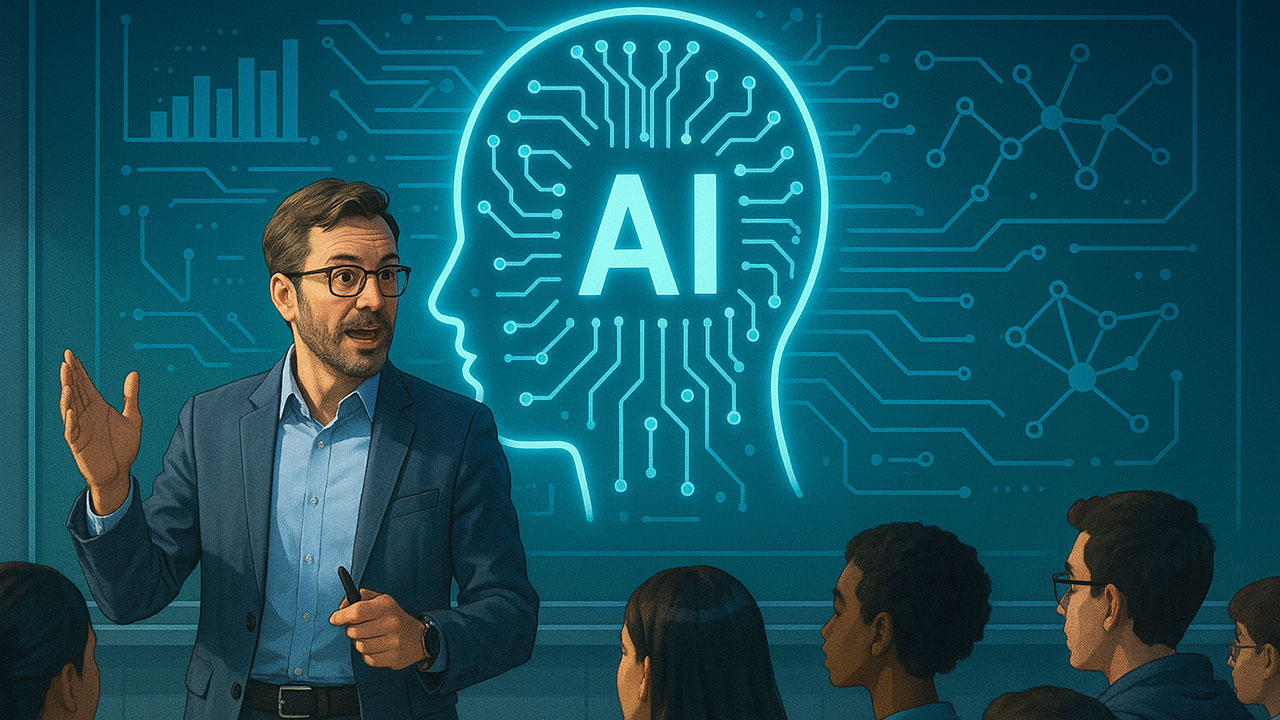content body
Auburn University’s emergence as a leader in the artificial intelligence (AI) realm has been propelled by several factors, including the implementation of projects, initiatives and curriculum elements by faculty members across campus.
Highlighted by a wide array of illustrations featured in the recently launched AI in Teaching and Learning Showcase — a warehouse of campus projects that illustrates faculty’s willingness to innovate their classrooms — faculty innovation is on display and in practice in virtually every college at the land-grant institution.
Administered by the Biggio Center for the Enhancement of Teaching and Learning, the showcase highlights educators who have successfully integrated AI into their teaching in creative and groundbreaking ways that have benefited students in numerous disciplines.
Elvan Ceyhan, the Marguerite Scharnagle Endowed Professor in the Department of Mathematics and Statistics, has implemented AI-related assignments into his graduate courses and has been pleased with the results thus far.
For his STAT 7650 Computational Statistics course, he asked students to compare traditional computational results to AI-enhanced analysis. The assignment explored how AI tools such as ChatGPT can augment traditional statistical methods, and Ceyhan challenged students with applying both manual and AI-assisted techniques to tasks like optimization, root-finding and symbolic computation.
The results were compelling.
“Students were initially cautious but quickly became intrigued by the dual-track approach,” Ceyhan said. “Many appreciated the efficiency and insights AI tools offered, especially for data visualization and code troubleshooting. The requirement to compare and critique AI results encouraged deeper understanding and fostered critical engagement. Their submitted work — annotated code, mathematical justifications and reflective analyses — demonstrated increased technical confidence and thoughtful evaluation of AI’s limits.
“Given the success of this implementation, I plan to expand AI’s role in the curriculum with continued ethical guidance and transparency. Future assignments will continue to emphasize human-AI collaboration, requiring students to both use and critique AI outputs.”
Another of Ceyhan’s assignments featured a custom-designed survey that asked students to reflect on AI’s role in education, including its benefits, challenges and ethical implications. The survey, which asked students to analyze how AI could enhance their learning and their openness to the technological advancement, yielded interesting feedback.
“The results were thoughtful and often surprising,” said Ceyhan, who plans to keep the survey exercise as a cornerstone of his AI-integrated pedagogy. “Most students expressed cautious optimism. They welcomed personalized learning and coding support from AI but raised valid concerns about over-reliance, privacy and critical thinking erosion.”
AI designing image creation
For Dawn Michaelson, an assistant professor in the Apparel Merchandising, Design and Production Management program in the College of Human Sciences’ Department of Consumer & Design Sciences, AI has allowed her to ask students to think of designing images to illustrate their work in new ways.
“As AI text-to-image generation is quickly evolving, I wanted to give my students experience using AI image generation from an industry point of view,” Michaelson said. “This assignment had all the students using the same text prompt, but on a platform of their choice, to see the different results each student got from the exact same prompt.
“Starting the students with easy step-by-step instructions made the assignment appear straightforward to all of them.”
Students were able to discuss via a discussion board what went right and wrong with their experiments, how they might do it differently, AI-related issues with the assignment and each other’s created images. They collaborated on problem-solving, discussed ways to streamline prompts to improve image quality and offered suggestions for future projects.
“The assignment took away the anxiety many students experience when learning something new by showing them that everyone experiences problems,” Michaelson said. “This assignment laid the foundation for future assignments in the class, where we would create AI images for new products, marketing, et cetera.”
Michaelson said students reported mixed feelings about the assignment, and AI in general, and that they called for improvements on the dexterity and functionality of the programs utilized for the task. The instructor also integrated AI into other assignments this past semester and introduced students to apparel design-specific AI websites that are being utilized in the industry.
She plans to continue to implement AI-related assignments into her curriculum and remarked that its rapid evolution will keep educators and students on their toes for years to come.
“AI is evolving so fast that lessons written two months in advance had to be rewritten, as the AI websites had already upgraded their offerings,” Michaelson said. “I think it will be interesting to compare and share images from last term to this term to show the students how much AI has improved in a short time period.”











